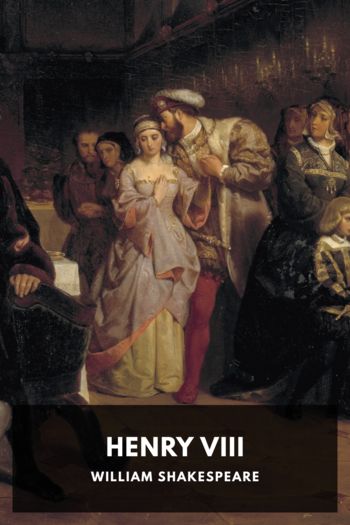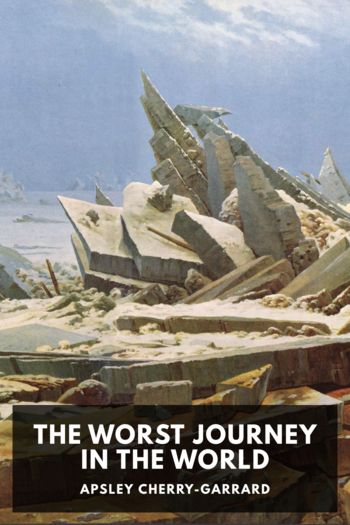The Life of Buffalo Bill by William F. Cody (reading an ebook .txt) 📕

Description
The popular history of William Frederick “Buffalo Bill” Cody remains more myth than anything else, yet it’s undeniable that he was a central figure in the American Old West. Pony Express rider, stagecoach driver, trapper, soldier, bison hunter, scout, showman—his résumé reads like the quintessential record of all that makes up the Old West mythology, and it’s all documented in this, his original 1879 autobiography.
While The Life of Buffalo Bill is rife with the dramatic stylings of the dime novels and stage melodramas so popular at the time, in it Cody presents his version of his life: from his boyhood settling in the newly-opened Kansas territory, to his early life as a frontiersman. It was written when Cody was only thirty-three years old, just after he started his career as a showman and a few years before he created his world famous Buffalo Bill’s Wild West show. Originally titled The Life of Hon. William F. Cody Known as Buffalo Bill the Famous Hunter, Scout, and Guide: An Autobiography, it is an arguably more accurate account of both his life and the American West than the later 1917 autobiography The Great West That Was: “Buffalo Bill’s” Life Story which was ghostwritten by James Montague and published after his death. Although it makes many claims that are disputed today, The Life of Buffalo Bill reveals much about both the historical William F. Cody and the Buffalo Bill of American legend, and gives insight into the history of the American West.
Read free book «The Life of Buffalo Bill by William F. Cody (reading an ebook .txt) 📕» - read online or download for free at americanlibrarybooks.com
- Author: William F. Cody
Read book online «The Life of Buffalo Bill by William F. Cody (reading an ebook .txt) 📕». Author - William F. Cody
The hunt being over, the column moved forward on its march passing through a prairie-dog town, several miles in extent. These animals are found throughout the plains, living together in a sort of society; their numberless burrows in their “towns” adjoin each other, so that great care is necessary in riding through these places, as the ground is so undermined as often to fall in under the weight of a horse. Around the entrance to their holes the ground is piled up almost a foot high; on these little elevations the prairie-dogs sit upon their hind legs, chattering to each other and observing whatever passes on the plains. They will permit a person to approach quite near, but when they have viewed him closely, they dive into their dens with wonderful quickness. They are difficult to kill, and if hit, generally succeed in crawling underground before they can be captured. Rattlesnakes and small owls are generally found in great numbers in the prairie-dog towns, and live in the same holes with the dogs on friendly terms. A few of the prairie-dogs were killed, and were found to be very palatable eating.
A short distance beyond the dog town we discovered a settlement of five white men, who proved to be the two Clifford brothers, Arthur Ruff, Dick Seymour and John Nelson—the latter already referred to in these pages. Each of them had a squaw wife and numerous half-breed children, living in tents of buffalo skins. They owned a herd of horses and mules and a few cattle, and had cultivated a small piece of land. Their principal occupation was hunting, and they had a large number of buffalo hides, which, they had tanned in the Indian manner.
Upon reaching Pleasant Valley, on Medicine Creek, our party divided into two detachments—one hunting along the bank of the stream for elk or deer, and the other remaining with the main body of the escort. The elk hunters met with no success whatever, but the others ran across plenty of buffaloes, and nearly everybody killed one or more before the day was over. Lawrence Jerome made an excellent shot; while riding in an ambulance he killed a buffalo which attempted to cross the line of march.
At about four o’clock p.m., we arrived at Mitchell’s Fork of the Medicine, having traveled thirty-five miles during that day, and there we went into camp—calling it Camp Jack Hayes, in honor of Lieutenant Hayes.
On the next morning, the 25th, we moved out of camp at eight o’clock. The party was very successful through the day in securing game, Hecksher, Fitzhugh, Livingston and Lieutenant Hayes; and in fact all did good shooting.
Lawrence Jerome persuaded me to let him ride Buckskin Joe, the best buffalo horse in the whole outfit, and on his back he did wonders among the buffaloes. Leonard Jerome, Bennett and Rogers also were very successful in buffalo hunting.
Our camp of this night was named Camp Asch to commemorate our surgeon, Dr. Asch. The evening was pleasantly spent around the camp fires in relating the adventures of the day.
Upon crossing the Republican River on the morning of the 26th, we came upon an immense number of buffaloes scattered over the country in every direction, as far as the eye could reach and all had an opportunity to do as much hunting as they wished. The wagons and troops moved slowly along in the direction of the next camp, while the hunters went off separately, or by twos and threes, in different directions, and all were rewarded with abundant success. Lawrence Jerome, however, had his career suddenly checked. He had dismounted to make a steady and careful shot, and thoughtlessly let go of the bridle. The buffalo failing to take a tumble, as he ought to have done, started off at a lively gait, followed by Buckskin Joe—the horse being determined to do some hunting on his own account—the last seen of him, he was a little ahead of the buffalo, and gaining slightly, leaving his late rider to his own reflections and the prospect of a tramp; his desolate condition was soon discovered and another horse warranted not to run under any provocation, was sent to him. It maybe stated here that three days afterwards, as I subsequently learned, Buckskin Joe, all saddled and bridled, turned up at Fort McPherson.
We pitched our tents for the night in a charming spot on the bank of Beaver Creek. The game was so abundant that we remained there one day. This stopping place was called. Camp Cody, in honor of the reader’s humble servant.
The next day was spent in hunting jackrabbits, coyotes, elks, antelopes and wild turkeys. We had a splendid dinner as will be seen from the following:
Bill of Fare
Soup
Buffalo Tail.
Fish
Cisco broiled, fried Dace.
Entrées
Salmi of Prairie Dog, Stewed Rabbit, Fillet of Buffalo, Aux Champignons.
Roast
Elk, Antelope, Black-tailed Deer, Wild Turkey.
Broiled
Teal, Mallard, Antelope Chops, Buffalo-Calf Steaks, Young Wild Turkey.
Vegetables
Sweet Potatoes, Mashed Potatoes, Green Peas.
Dessert
Tapioca Pudding.
Wines
Champagne Frappe, Champagne au Naturel, Claret, Whiskey, Brandy, Bass’ Ale.
Coffee
This I considered a pretty square meal for a party of hunters, and everybody did ample justice to it.
In the evening a court-martial was held, at which I presided as chief justice. We tried one of the





Comments (0)